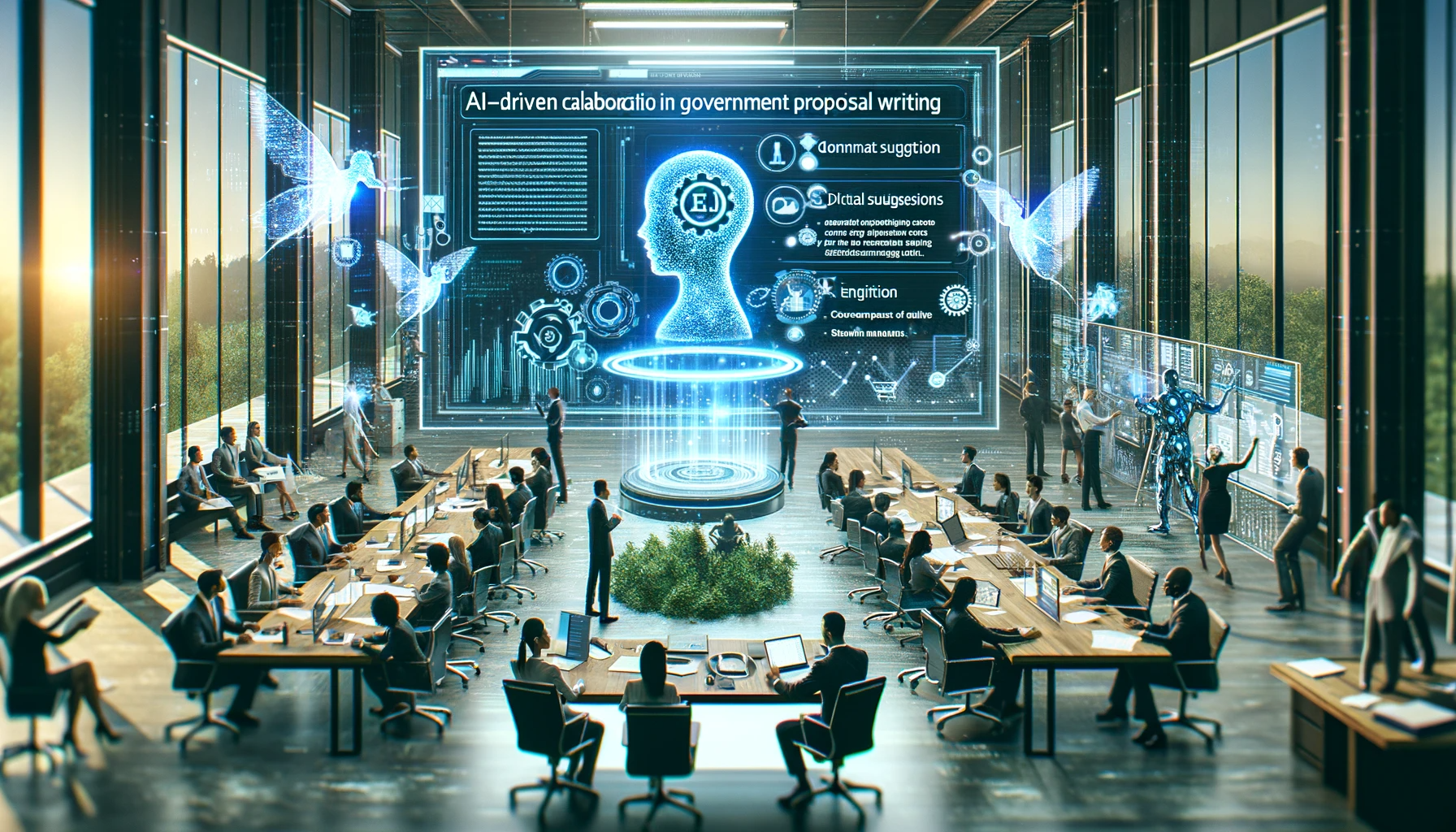How to Write a Winning Proposal for a Government Contract


7 Steps to Write a Winning Government Contract Proposal
1. Understanding Different Solicitation Types
The federal government utilizes various forms of procurement and project solicitations to engage with the market. It's crucial to identify each solicitation type and understand why the government issues them before drafting your proposal.
Here are a few examples:
Request for Information (RFI)
An RFI serves as a method for government agencies to assess available companies in response to a government solicitation and determine potential solutions for addressing an issue. It enables the contracting officer to explore different companies' capabilities in meeting their requirements.
Request for Proposal (RFP)
An RFP provides the framework and specifications for government solicitations. Interested companies are invited to respond to an RFP, detailing how their product or service aligns with the government's needs. When crafting a response to an RFP, it's essential to remember that the federal government receives numerous responses, necessitating a concise proposal outlining your expertise and offerings.
Responding to an RFP is considered a formal request, requiring comprehensive and precise information about your solution or services.
Request for Quote (RFQ)
An RFQ invites interested vendors to participate in the bidding process by submitting a price quote for their goods and services. Organizations typically provide a price quote covering the required solution for government clients and estimate the budgetary costs. RFQs are often perceived as informal requests, with agencies occasionally making changes to information or deadlines with short notice. In such cases, it's crucial to submit updated price quotations promptly, as RFQs are designed for quick responses and may be supplied within weeks to months after submission.
2. Highlight details about your company’s background
In assembling your government proposal, it's essential to focus on your business rather than personal details. Keep the description of your company concise and accentuate why your company is the prime candidate for the job. Highlight your team's expertise, any accolades received, experience in analogous projects, and standing in the industry. Incorporating brief bios of key team members adds a personal touch and underscores their unique skills. Include contact information for team members for individual inquiries.
3. include Scope of Work
When crafting a government contract proposal, incorporate a clearly defined scope of work. This delineates tasks and deliverables into two key sections: elucidating the problem(s) to be addressed and providing subsections for objectives, challenges, and details concerning proposed solutions. Briefly outline the issue, present objectives and challenges to showcase expertise, and furnish a roadmap of your solution, enhancing understanding and acceptance.
4. Create a Compliance Checklist
To adhere to guidelines for government contract proposals, create a compliance matrix to monitor requirements fulfillment. It's crucial to meticulously follow instructions to avoid failure. Technical requirements may demand specific measurements or past performance limitations. Demonstrating relevant experience, even from the commercial sector, is vital. Establishing DCAA compliance may be necessary, requiring documented procedures and adherence to nuanced requirements.
5. Include Visual Aids:
Utilize visuals such as tables, charts, maps, and infographics to elucidate complex concepts. Ensure graphics serve a purpose and are strategically placed to enrich the proposal effectively. Incorporate at least one graphic per page or every other page to complement text and enhance communication.
6. Discuss warranties and terms and conditions
Warranties and terms and conditions are integral components of a government proposal, scrutinized during the selection process. The warranty clause should clearly articulate the contractor's guarantees regarding the item, their obligations if the warranty is breached, solutions available to the government, and the duration of the warranty. Considerations such as the item's expected lifespan, nature, and industry standards influence the warranty's duration, with the contracting officer ensuring clarity and adherence to scope and length.
7. Utilize proposal generation tools
Proposal generation tools like https://Samsearch.co offer a streamlined and efficient approach to creating research and project proposals. These tools save time by automating the outlining, structuring, and formatting processes, allowing users to concentrate on the content of their proposals. They also improve accuracy by adhering to standard formats and structures, thereby reducing the likelihood of errors and omissions. This automation not only enhances research efficiency but also enables users to devote more time to creative and critical thinking. Designed for ease of use, these tools are accessible to a broad range of users, regardless of their experience with proposal writing.